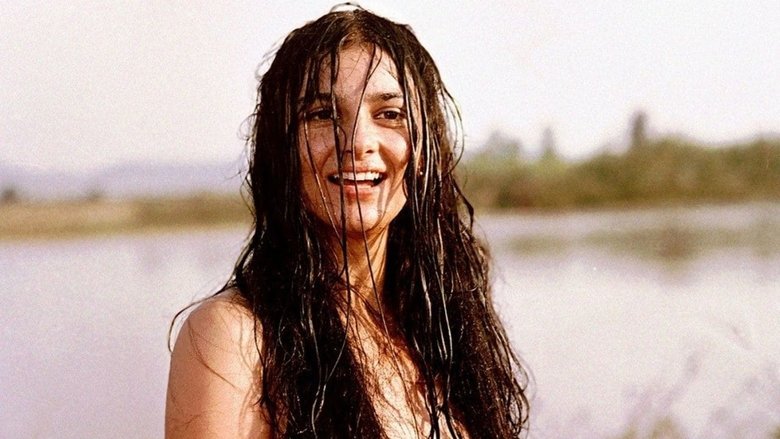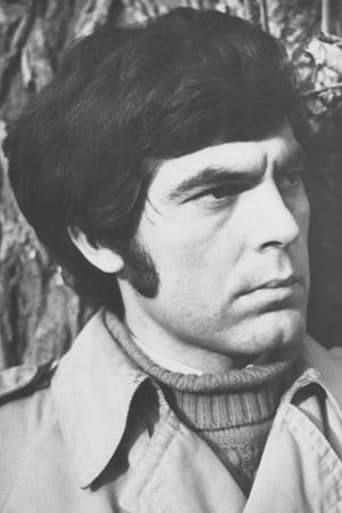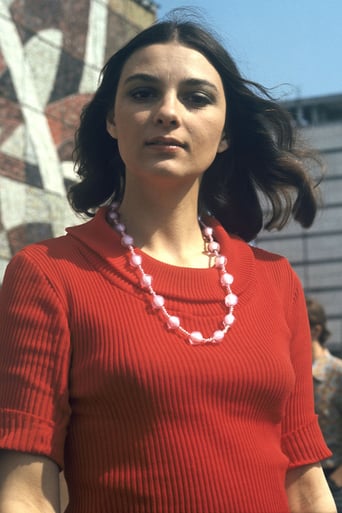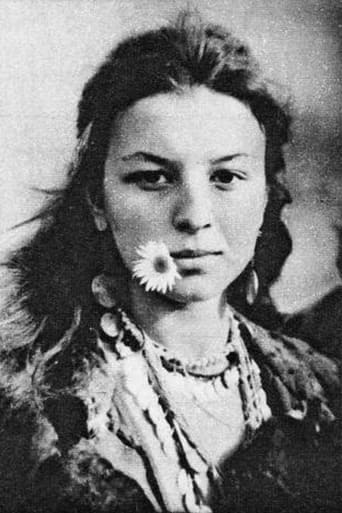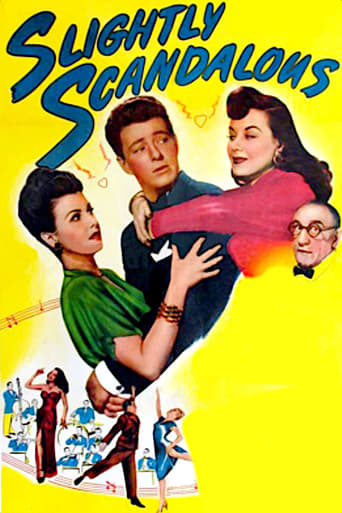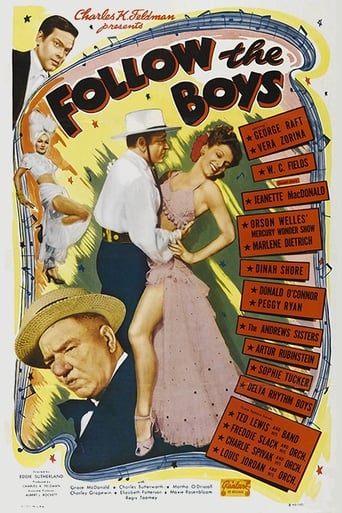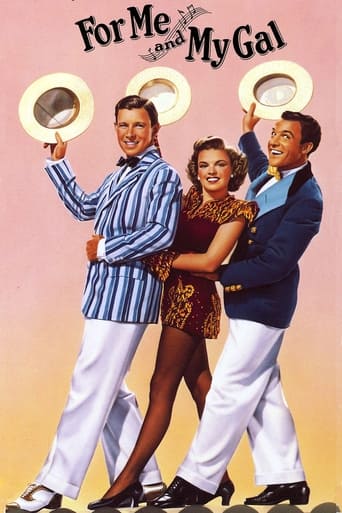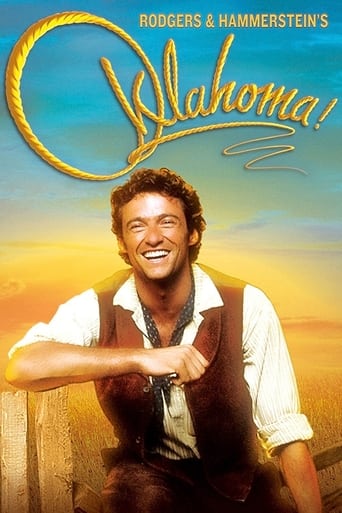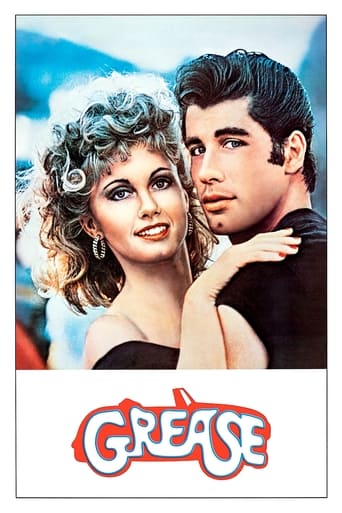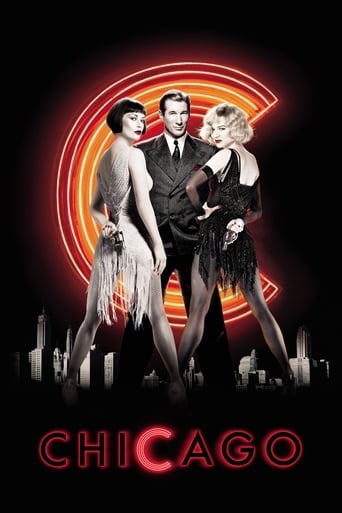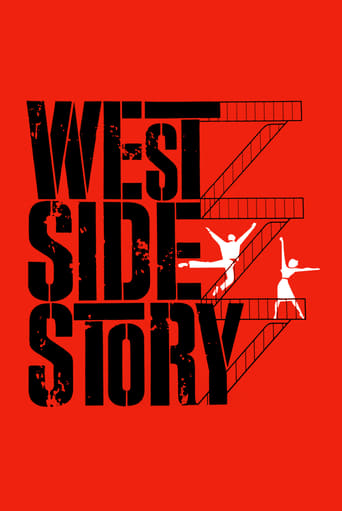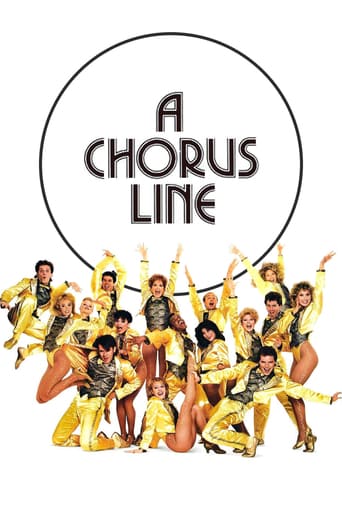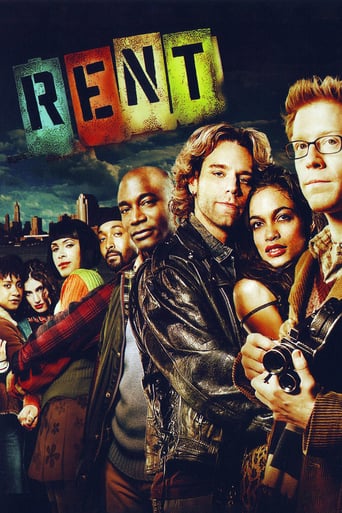The Gypsy Camp Vanishes Into The Blue (1976)
This colourful, music-filled and sensual melodrama based on early stories by Maxim Gorky tells the fatal love story between the beautiful and rebellious girl Rada and the handsome horse thief Zobar. The story is set in early 20th century Bessarabia, now part of Moldova, then belonging to the Austro-Hungarian Empire.
Watch Trailer
Free Trial Channels
Cast


Similar titles
Reviews
This movie is the proof that the world is becoming a sick and dumb place
That was an excellent one.
Really Surprised!
An absolute waste of money
beautiful songs, beautiful story. inspired performances. wise manner to present/remember old traditions and a page of gypsy's past who could be seeds for the present problems. sweet, romantic, remembering pages from Russian classic literature, it is a beautiful film, mixture of magic, love, faith and rules who seduce and impress, first form of Bregovic's universe and soap opera. it reflects the circle 's pieces of a community and have a cut couple as lead characters. and not the story remains after its end in memory but the music. old songs, fascinating dances, strange forms of courage, freedom in different definition, the dangerous games, the high price of honor, the love in its large forms. a film who could have many sides. because it is an ethnographic trip, a dark fairy tale, a romantic story, a film with a generous message, an aesthetic delight.
In the film there is no Romanian cast, all of the characters are played by Soviet actors. Moreover, with all of more or less authentic Gypsy features it has nothing to do with actual Gypsies. Gypsies here are metaphoric of some kind of people who follow different laws and rules than ordinary people; they are people who prefer the spiritual to the material, freedom to routine, passion to compromise, etc. With this approach most of the criticism expressed in some of the previous comments becomes irrelevant. In the USSR there was no sex, it's true. There was passion and love -- love that burns. Love that burns -- that's what the film tells about, and for this good cause all means is of use: transgression, tantra, pagan cults, dionysism, dark magic. This story can be named as well a Russian Carmen. Brilliant performance of Emil Lotjanu (director), Eugene Doga (music), Serguey Vronsky (photography), Svetlana Toma (awarded as the best Soviet actress of the year for the part of Rada), Grigore Grigoriu(Zobar), Borislav Brondukov (Buca) and others. Great art of a great civilization. Get it and enjoy seeing.
A poem about freedom and love. A strange world of joy, ambitions and desires. A form of escape and a colorful dream.Emil Loteanu was a special director for the way chosen. His movies, products of Sovietic cinema, are, very often, touching skits of a raw cardboard's space. The stake- to prove the identity of a small nation in a empire. The means- Russian art of purlieus. Accent on the dramatic themes and emotions like only message."Tabor ukhodit v nebo" is only a picturesque film about a imaginary community. His importance is not small because the Gipsys are the product, in the self-image ,of this movie, slice of a possible golden age at the beginning of XXth century. In same time, it is a good introduction to Kusturica filmography, with the aspects of a ambiguous Balkan's life, with songs and carousals with barbarian persistent taste, with full of color atmosphere and any way of business. So, a good film for Bovaric public, for the Kakania's nostalgics, for amateurs of subtle kitsch, for the fans of actors, for old Gipsys or dreamers. But, in fact,it is only a ethnographic foray in Maxim Gorki's pathetic universe. Eastern Europe- like a strange endless Gypsy's song.
These were the seventies: while some European film-makers invaded the big screen with exploitation flicks, controversial satires and hammer horror soaked in a nightmarish conglomerate of blood and sexual fluids, while others- on both sides of the Iron Curtain- intelligently turned historical, literary or mythical subjects into sophisticated creations, Loteanu followed his style; Communism-supervised and censored 70's camp, so dated that it becomes anachronistically adorable.Needles to say, this film, and it's follower " A hunting drama" (1978) are perfect examples. The rest of Loteanu's creations faded in the background, for he will be remembered by most moviegoers for these two pseudo costume/ period dramas combining subjects placed around 1900 with glamorous, showy and melodramatic seventies style.In my native Romania, this film( also due to limited exposure to other directors, creations, because strict censorship allowed few films to be shown) this film had such a cult status, especially before 1989, that the soundtrack of this film was virtually in everyone's memory to such an extent that even people who didn't see the film knew it by heart, the songs were( quite liberally and inaccurately) translated into Romainian and were heard at least once at any party that was supposed to be truly entertaining. And even after 1989, when censorship was a over and tons of new channels and blockbusters invaded the big and the TV screen, it is still aired at least once a year on at least one TV channel. The reason is simple- the film enjoys such a cult status because everything about it is unreal and the film doesn't even conceal it. Like the classic Hollywood musicals, infested with optimism and family friendly, lighthearted, almost Bubblegum Pop-style tunes, it must have been a colorful, campy, playful escape from an increasingly bleak everyday existence, not strictly in a restrained but even the "free" world. Like famous Romanian columnist Cristian Tudor Popescu said while analyzing this film( by the way, his rendition famous cinematic artworks followed by a cult classic are an interesting alternative to Mr. Tocilescu's more famous broadcast called "Schoking films") that this film is from the beginning striking a pact with the viewer. The Gypsy life is not sold as authentic but simply as pleasant and both he and his viewers know this-as long as it's entertaining. But, in the film's defense, Mr.CTP adds that the viewer who is not impressed by the breathtaking closeups emphasizing Svetlana Toma's eyes, the contrast between her overlong dark hair and pale face and her grand gestures might be a true film critic but not a true film lover( and this is something very rare to hear from one of today's most untouchable, strict and moralist journalists). In this sense, he is right. A single shot of Svetlana Toma singing in the streets is more fascinating than the entire film, even if the rest of the film were worthless, these very seconds are the work of genius that will make movie history. The scene is shot just brilliantly: the camera lingers on her face for a while before she starts to sing, these few moments are breathtaking and build up a huge tension, which continuously rises while she starts to sing a tune with one of the most haunting rhythmic structures in music history. It resembles the seconds before Liza Minelli starts to sing that famous "Money" -song from Cabaret, the technique is similar, a few seconds delay on the character's faces -highly expressive, even tense, then the breathtaking moment the music sets in, making it all even more captivating. And this so famous tune almost reminds me of Bryan Ferry's song "The price of love", because tough the music is Gyspsy, it has a certain Glam rock flavor- the elaborate use of beat and rhythm,creating one of the most compelling soundtracks ever , combined with a theatrical, Glam inspired gesture( everything almost toying with time and pacing in a continuous crescendo).Svetalana Toma's actual performance is a combination between Claudia Cardinale's part from " The Leopard", strikingly resembling her physically, up to the clothes and the way she sensually wets her lips and hair and the dated image of the good-hearted gamine by Paulette Goddard in " Modern Times", homeless but anarchistic and ( anti-) socially active, even anticipating a bit Kate Bush's video for "Wuthering Heights" where the singer adopts a pseudo Gypsy look complete with red dress, breathtaking dancing, flowing dark hair and a red flower to adorn it. However the part of Rada is quite faked and idealized- i don't think that she had so much liberty to stay single so long in a society where marriages are arranged from early ages.Also, I think that Gatlif or Kusturica( even if they also included a bit of idealization) render Gypsy tradition far more accurate than Loteanu. This is why i never saw this film completely up to very recently, thinking that it was nothing more than a mixture of simple people mocking the upper classes and some unilateral plain landscapes just tiring and boring my eyesight. But Loteanu seems to hesitate between some moments of genius( against all camp and censorship) and a very formal, artificial, overly sanctified, dogmatic depiction of nature, tradition and human migration-making all look tastelessly sanctified and mystical( very odd in an atheist film-making). Besides, all the characters, especially the male ones, are more hippies than gypsies, the men being easily interchangeable between gypsy whereabouts in one second and rather sleazy, "groovy", dated 70's macho( in fact, these macho, their influence in popular culture advocated outlandish clothing, casual fornication, nomadic lifestyle, anti-consumerist and anti-establishment stances). Even the ending is far-fetched and melodramatic- here the "tragedy" is posed, failing to impress or to cause sadness, making it equally campy as a cheesy happy end.Worth watching as a flagship of seventies nostalgia, seasoned with few moments, scenes ( but worth as much as hours of cinematic masterpieces) of genius.


